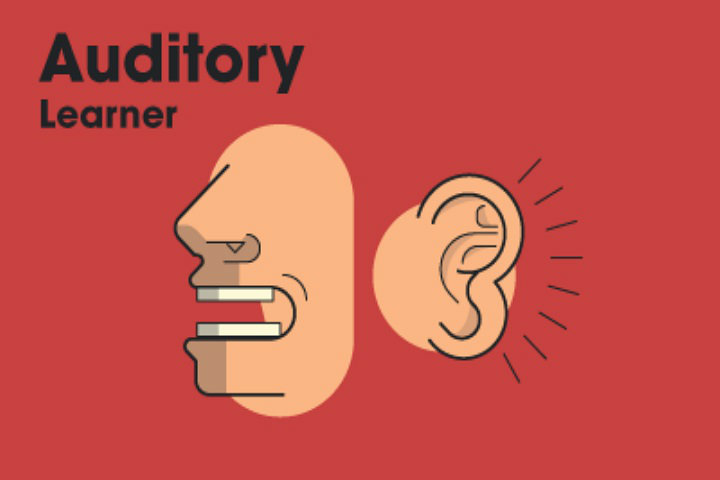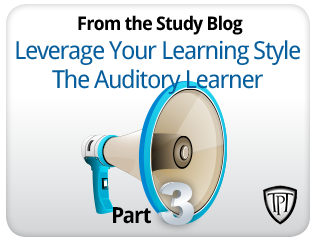

"Auditory Listeners" prefer to take new information in through listening. Some auditory learners learn best by listening and some by talking, but most auditory learners combine these two styles and have strengths and weaknesses in each. So, it's important for learners to know what works best for them, and for teachers to take into account the variety of possible preferences of their auditory learners (obviously in a classroom, with a mix of learners, this can be a great challenge). Individual auditory learners often have strong preferences for or against certain teaching styles or learning situations (as we'll see below). They tend to learn best when there is discussion about what is being learned.Īs a group, strong auditory learners are somewhat difficult to describe. Is it helpful for you to ask a lot of questions when you’re learning new information?Īuditory learners need to hear or talk about new information in order to process it. When solving problems, can you “replay” your instructors’ directions in your mind? When solving problems, do you like to talk yourself through the steps? When concentrating, are you very distracted by background noise? OR Do you prefer to have background noise when concentrating?ĭo you like to listen to people or talk when waiting in line-ups?
#Auditory learning how to#
Some Clues Revealing Auditory Learners Is it easier to understand or remember information if you hear it or talk about it?ĭo you like to have someone explain or describe how to do something? If you know how you learn best, you can also communicate more effectively with teachers - you can ask them to present information to you in ways that suit you best. You can adjust your study style to maximize your time and efforts. If you know your learning style, you can tap into your natural potential.


Most people tend to be stronger in one or two learning styles (visual, auditory, or kinesthetic). Some people like to see new information (Visual Learners), some like to hear it (Auditory Learners), and some like to touch or move things around to learn (Kinesthetic Learners). When taking new information in, we all have different strengths. No two people learn in exactly the same way. Like a fingerprint, your learning style is unique to you.


 0 kommentar(er)
0 kommentar(er)
